Alice Springs is almost at the geographical centre of Australia and has changed over the past 20 years from a backwater to a large town with thousands of visitors each year.
Our intrepid travellers are spending their final three nights in Australia in a good hotel in Alice with clean white sheets, hot and cold running water, an indoor toilet, a bath, television, electric lights, lifts, more than two plates on the table…… will they be able to cope?
Yes is the answer!
Alice got very mixed reviews from our fellow travellers, some felt it was really interesting, others did not like the atmosphere. We tended to be more in the latter camp than the former because the town felt a bit threatening at night. Reluctantly we came to the conclusion that this is in the main due to the very large number of Aboriginals who seem to have nothing at all to do and just hang around the city, sitting under trees or strolling aimlessly from one place to another. When the bottle shops opened (off-licenses) there was usually a stream heading towards them despite the strict “no drinking in public places” law.
To us, Alice Springs seemed a surprisingly small town despite having grown in the past 20 years or so. From the top of Anzac Hill where
the memorial is dated 1914-19, you can see most of the town.
It has a few interesting buildings, including the old Prison with an Art Deco gate, the old hospital and Telegraph Station.
One of the most famous icons of the town is the Ghan Train so two train
spotters went to the station to see it leave on its 22 hour trek to Adelaide.
Even though the train was 14 carriages plus a baggage car and a vehicle
car long, there seemed to me to be surprisingly few passengers. Fares for the complete trip of Darwin to Adelaide range from nearly $3000 to around $350 (for the most uncomfortable seats).
One of the things we have learnt on this trip is that other travellers are often very good sources of information on what to see and what not to see – usually with more on what to see than what not. We were advised to go to see Simpsons Gap near Alice. This is a gap in the McDonnell Ranges which form a wall to the south of Alice and quite a sight it turned out to be.
One of the largest lizards in the world is the Australian Perentie Lizard
and this carefully camouflaged specimen (all of 1.5m long) walked in front of us as we were reading the sign boards in the information centre. They can grow up to 2.5 m long and apparently are food for the hungry traveller.
In front of the gap is a river with a slightly superfluous sign encouraging us
not to swim – apparently it does flood in the wet season. The gap itself is very impressive with the remains of a pool there – this encourages animals to live in the immediate area (including the Rock Hopper Wallaby which must have been in bed when we were there).
Also whilst we were in Alice we attended a slightly disappointing presentation at the School of the Air (bored presenter), went to an exhibition of aboriginal art (very good, bought a print of a painting by Albert Namatjira for the kitchen), the National Pioneer Women's Hall of Fame which is housed in the old Alice Springs Jail, possibly the only one in the world with an Art Deco Entrance
and went to an evening concert put on as part of the Alice Desert Celebration.
Then on our penultimate day in Australia, having added over 18,000 kms onto the clock, our van (aka Bruce) is returned to Apollo looking extremely grubby outside but possibly cleaner inside that when he started his trip. We were a bit sad to see him go but he needed a service and
a rest before he started driving again two days later.
Despite having bags slightly over the weight limit, our return flights (three legs) started ok. Having a five hour wait in Darwin we went to the Museum
of the Northern Territories which is housed in a new museum overlooking the bay. The bay looked just at it should, peaceful and fringed with palm trees.
The main exhibit which most people want to see is the very good exhibit on Cyclone Tracy which as good as destroyed Darwin in 1974, see some examples of Aboriginal artefacts (interesting and well described) plus examples of stuffed local flora and fauna.
Darwin is now totally rebuilt and most of the houses are much nicer to look at than elsewhere being built on two floors with living accommodation high
up to benefit from the breeze and the town was surprisingly green – our taxi driver said that this was because the wet season was just starting and the atmosphere was quite humid and sticky. Frangipane was blossoming everywhere and we were told it gets even better over the next few weeks before the rains start in earnest in November.
One of the things we have been wondering about is how easy will it be to return to a life living in a large house with numerous rooms, toilets and space etc. Kerry and Lyn whom we met on the road a couple of times phoned us at Darwin and during the goodbye conversation, said that it had taken them about a week to get used to living in a house again (as against a van). We are about to find out how easy it will be for us.
And so, two days before our visa expires, we leave Australia for the UK and see the remains of our last sunset from the cabin window as the plane
heads north for Singapore.
And so, 37 hours after leaving Alice Springs, we walk into our house in the UK to try to get used to living our old life again.
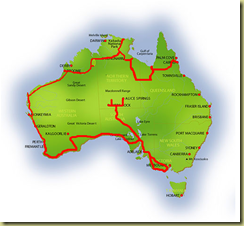
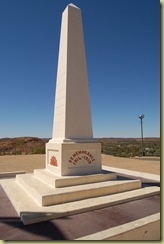
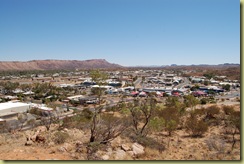
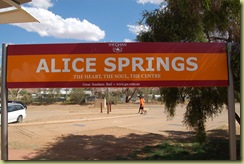
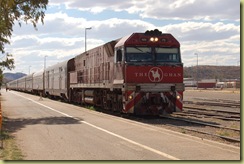
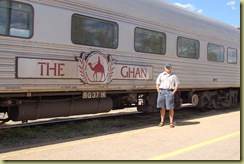
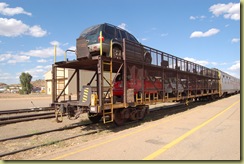
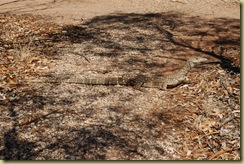
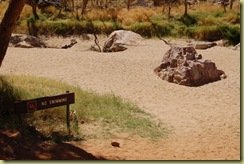
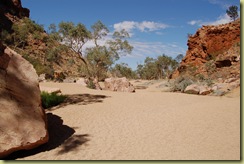
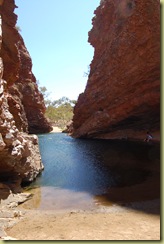

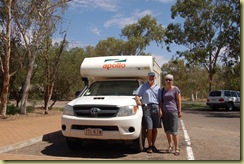
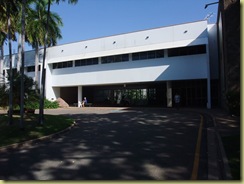

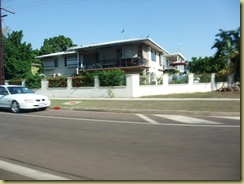
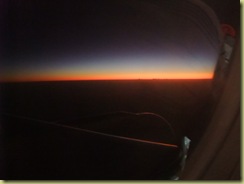
No comments:
Post a Comment